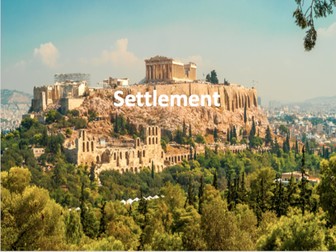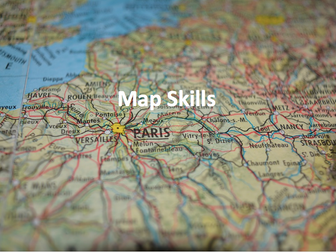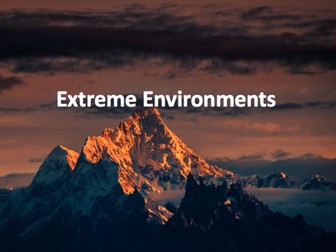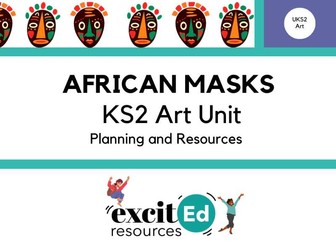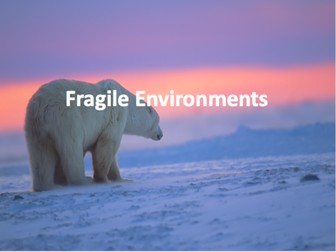
Tourism
Full unit of work for tourism. All lesson are suitable for 50 minutes to 1 hour of teaching time. Includes supporting worksheets for lessons - no additional resources are required. Homework’s integrated into lessons where appropriate.
Most suitable for KS3 geography.
All lessons have a starter and lesson objectives. All PowerPoints in the same style.
Lesson sequence:
1 - What is tourism?
2 - The growth of tourism
3 - What attracts tourists to different destination?
4 - British tourism
5 - What are the impacts of tourism in National Parks?
6 - Declining tourism in Britain
7 - History and tourism
8 - The impact of tourism
9 - Jobs in the tourist industry
10 - Ski resorts
11 - Tourism in Kenya
12 - Sustainable tourism
13 - Sustainable tourism in Peru
14 - Does tourism cause conflict?
For more resources visit This is Geography. Full SoW for all new GCSE specifications - AQA, Edexcel, OCR, CIE IGCSE, Edexcel IGCSE and Eduqas. As well as over 200 lessons for KS3 and KS2. Want something bespoke designing? Email us for further details info@thisisgeography.co.uk

